Aunt Sandy's Medical Marijuana Cookbook (7 page)
Read Aunt Sandy's Medical Marijuana Cookbook Online
Authors: Sandy Moriarty
KNOW FOR WHOM YOU COOK
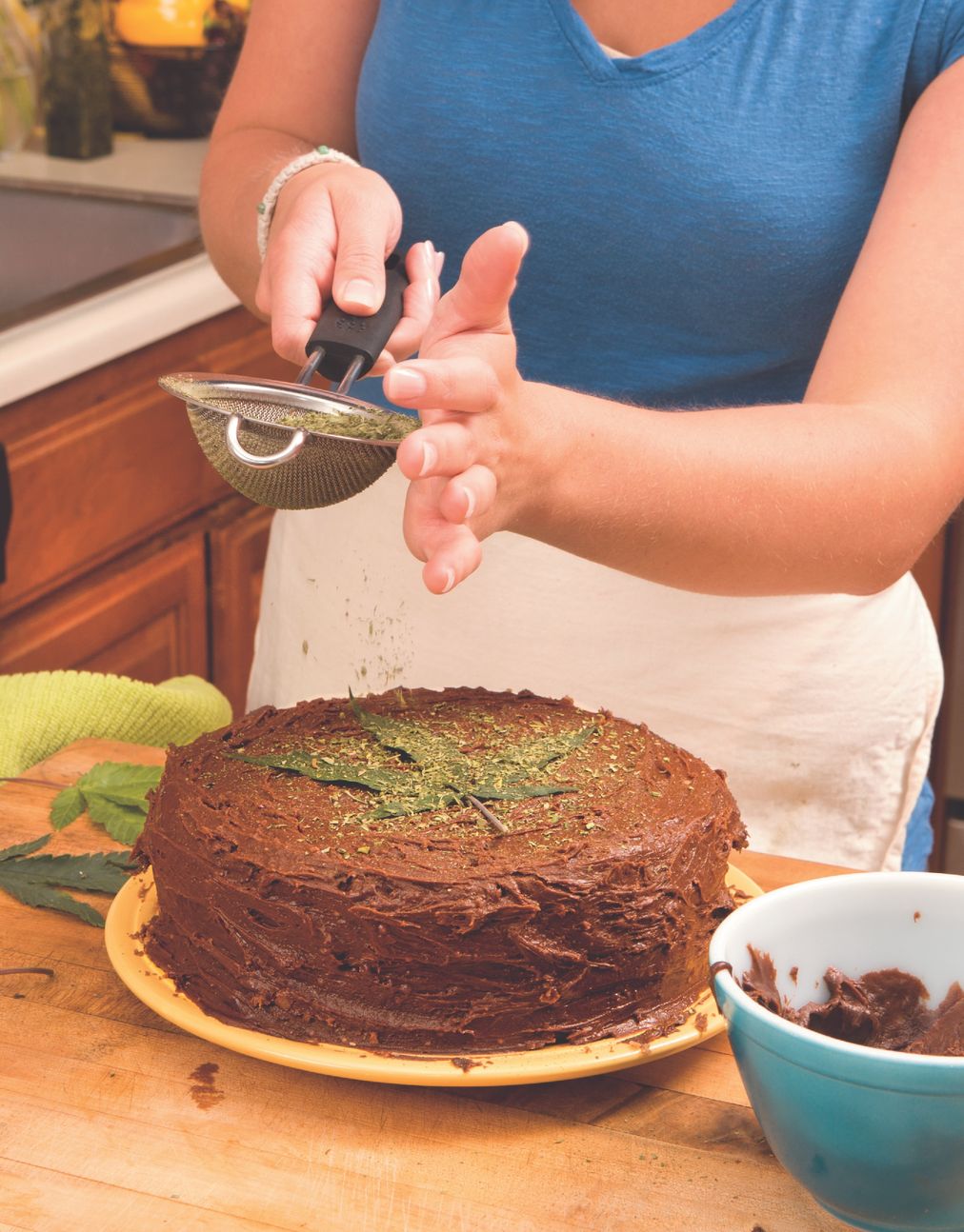
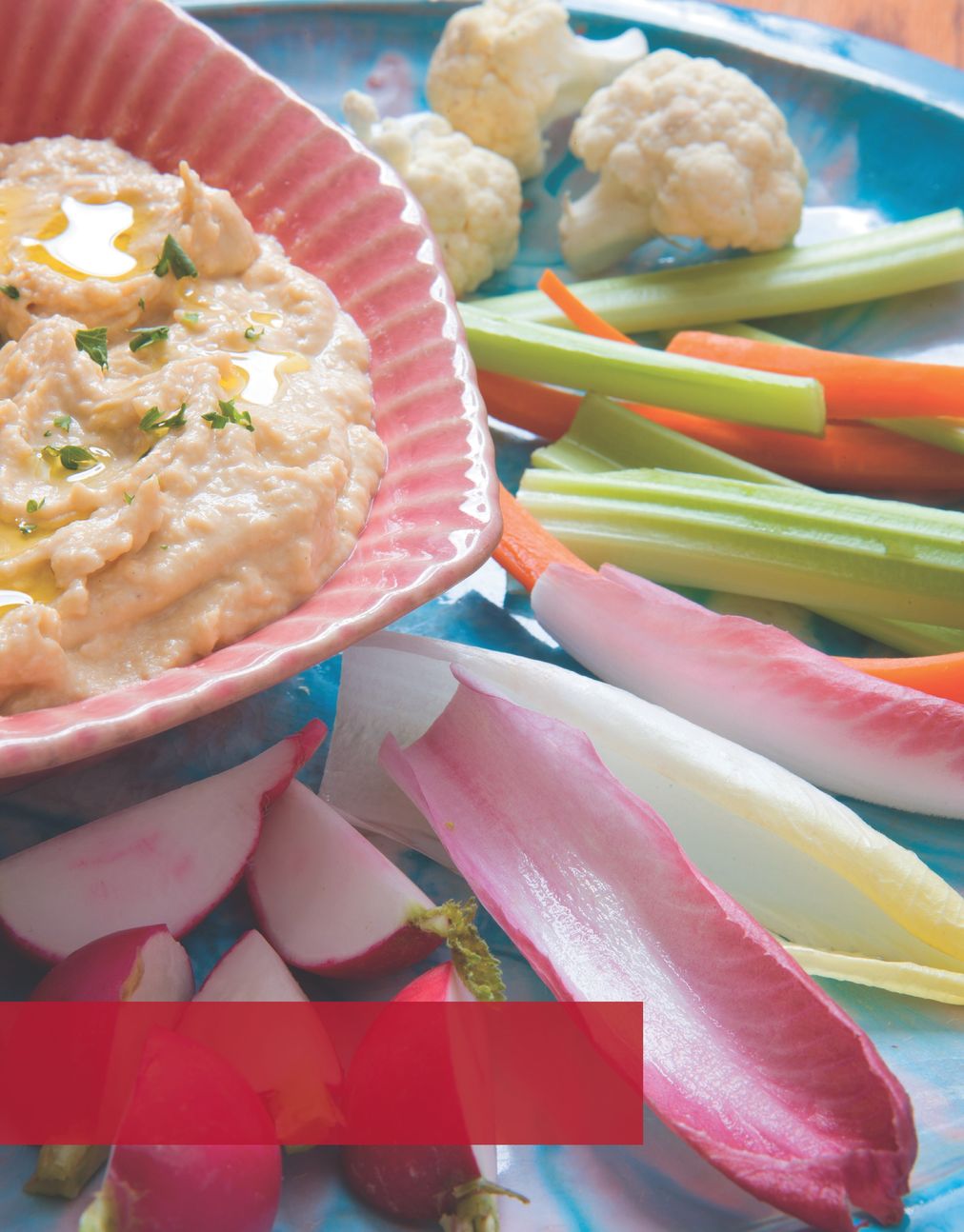 LOW CALORIE OPTIONS
LOW CALORIE OPTIONS
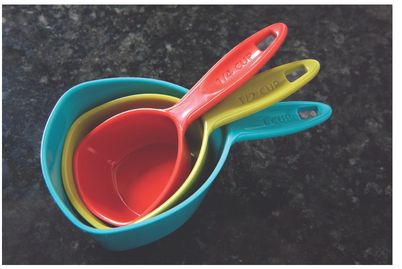 VEGETARIAN DIET
VEGETARIAN DIET
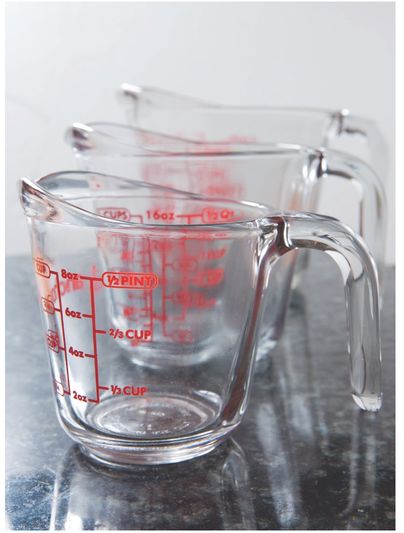 SUGAR FREE, DIABETIC, AND HYPOGLYCEMIC DIETS
SUGAR FREE, DIABETIC, AND HYPOGLYCEMIC DIETS
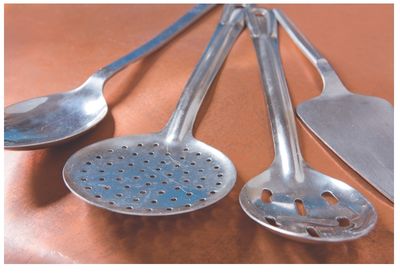
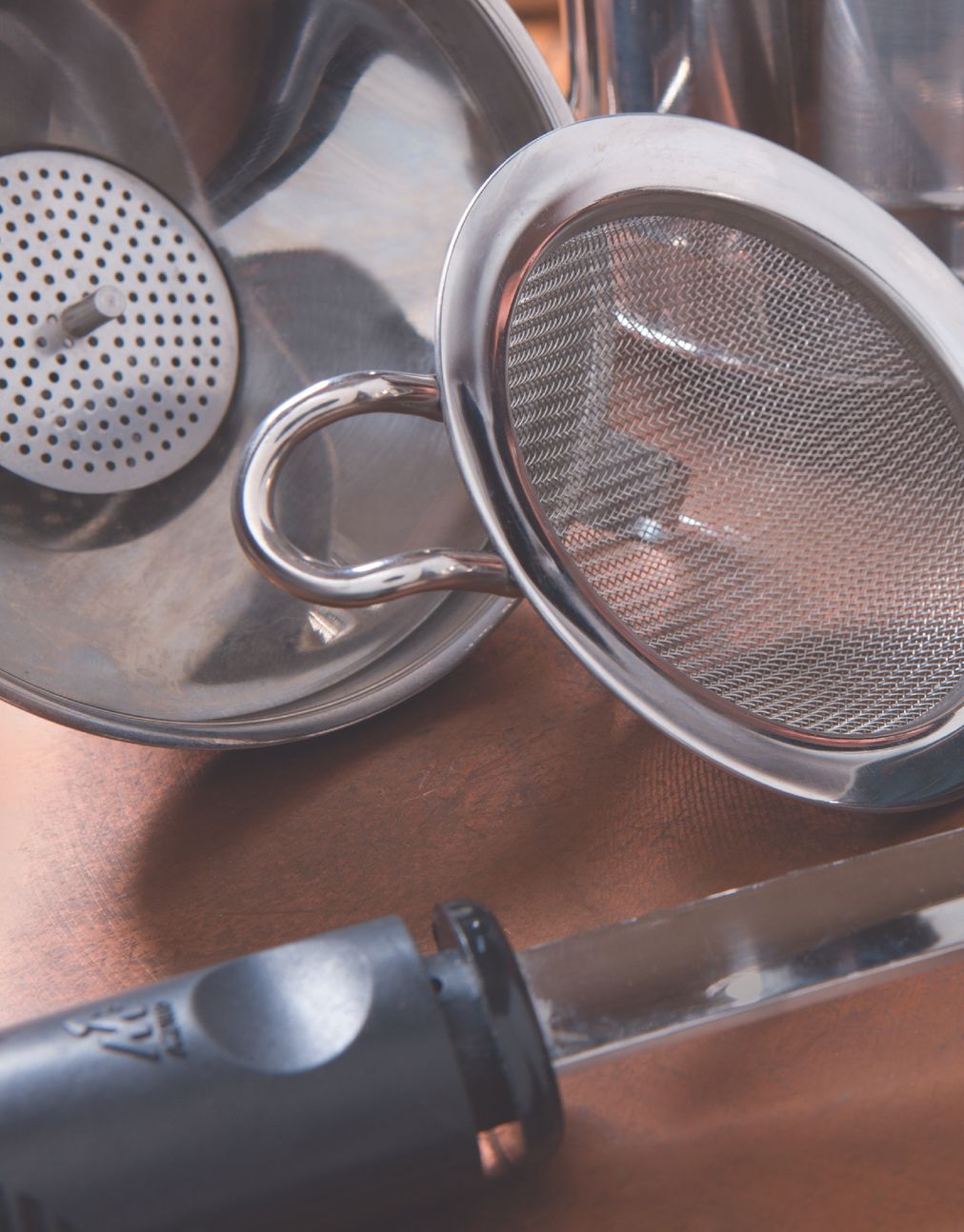
Understanding who you are cooking for is imperative for the marijuana chef. Knowing if the persons who will be consuming the foods you make with marijuana are “seasoned veterans” with a lot of experience eating marijuana foods, or if they are “lightweights,” or beginners, will help you to adjust and regulate dosage accordingly and avoid issues. While marijuana is a very safe substance in terms of toxicity, it can be a very powerful psychoactive substance, especially when ingested in foods. Consuming too much cannabis can lead you to experience feelings of panic, tension, confusion, and lethargy. This should never be the goal of marijuana ingestion. Be sure to be clear with those eating your marijuana delicacies about their potency levels.
When a patient tries a new marijuana food, he should begin by eating a small serving and waiting an hour to examine the effects. At that point you can assess the need for more or less medicine. If necessary, eat another portion of the food and wait another thirty minutes to an hour. Shortly, you will know what size of particular foods work well for your medical needs.
If you are unsure of the potency level of the foods or the tolerance of the person eating it, always err on the side of caution. Less is more when you are considering the effects on others. Other things to consider when cooking for yourself or others are dietary preferences or needs. The following chapter will let you know how to best handle those issues.


Chapter 5
Dietary Considerations
Many people have special dietary needs. This book is filled with home-cooked favorites that may not adhere to your particular diet. Don't worry. In most recipes you can substitute ingredients to make them conform. The good news is that marijuana is a vegetarian, gluten free, low calorie, low-sodium plant on its own. It is the ingredients in the recipes that you will need to alter to meet your needs. The following are some specialized diets and ideas on how to best use
Aunt Sandy's Medical Marijuana Cookbook
under those conditions.
Aunt Sandy's Medical Marijuana Cookbook
under those conditions.
Y
ou use margarine when making the marijuana extract if you want to try a low calorie option with butter-like qualities and flavoring. Use Aunt Sandy's Cannabis Oil formula (see page 28), melting the margarine first. Most recipes where the butter or oils are baked in or cooked thoroughly it is hard to tell that margarine was used instead of butter. The taste is still great and your waistline will not be affected.
ou use margarine when making the marijuana extract if you want to try a low calorie option with butter-like qualities and flavoring. Use Aunt Sandy's Cannabis Oil formula (see page 28), melting the margarine first. Most recipes where the butter or oils are baked in or cooked thoroughly it is hard to tell that margarine was used instead of butter. The taste is still great and your waistline will not be affected.

Being vegetarian is fairly common these days. You may be a strict vegetarian that eats only plant-based foods including fruits, nuts, and grains. Some vegetarians do eat dairy products and eggs; others do not. Some may occasionally have a small piece of fish for protein and are often referred to as pescatar-ians. Whatever your vegetarian diet includes, it is a snap to adapt these recipes to meet your needs.
If you are a vegetarian that enjoys dairy then you may be able to use Aunt Sandy's 10x Cannabutter recipe, as is. If you do not eat dairy, you can always use a vegetable oil in place of butter. There are many different types of vegetable oils and choosing the right one to use depends on your taste preferences and price and availability of the oils. Olive oil is very common, but it can be expensive and often not have the taste you may want for a dessert dish. A plain canola or vegetable blend oil can often be better for baking and have a smoother taste for sweets. Some folks even add a dash of salt to emulate the taste of butter. Any vegetable-based oil will work fine, but deciding what effect the taste of the oil will have on your recipe is an important consideration. Of course, you may just want to use what you have available, and that is fine, too. Cannabis can be infused into any great vegetable oil to provide excellent medicinal effects.
In recipes that call for meat, you can often substitute for non-meat options. For example, you can still make a “Dizzy Bird” with a tofu turkey if you would like. In a dish like pot roast or pork chops, you may have a favorite meat substitute product that you can use. This book contains many great recipes that can be altered to accommodate any vegetarian diet. Also, veggies sautéed in cannabis butter or oil are always a delicious and healthy way to eat your medicine.
VEGAN DIETWhile many of the same concepts from the vegetarian section above apply to vegans as well, there are some further considerations that can enhance the vegan diet. Being vegan means one adheres to a strict plant
diet, eating nothing derived from a living being, including honey, gelatin, and whey. This means you will most likely be infusing recipes with a vegetable-based oil and substituting vegan products where needed. There may be some recipes that will not be able to be prepared vegan; but substituting alternatives, like soymilk, soy cheese, and egg substitute where applicable can make most of my recipes just fine. These types of products normally explain on the package how to integrate them into standard recipes. Also, making marijuana oil for use in other vegan recipes is a great way to make marijuana foods that meet your dietary norms. Nothing is more delicious than cannabis sesame oil drizzled over cold, crisp cucumbers on a warm summer day or a rich cannabis olive oil over sun-ripened tomatoes and fresh basil. Many oils go great with cannabis, including sesame oil and coconut oil. With a little ingenuity and common sense, you can very easily adapt most recipes to meet vegan standards and still enjoy the benefits of marijuana cooking.
diet, eating nothing derived from a living being, including honey, gelatin, and whey. This means you will most likely be infusing recipes with a vegetable-based oil and substituting vegan products where needed. There may be some recipes that will not be able to be prepared vegan; but substituting alternatives, like soymilk, soy cheese, and egg substitute where applicable can make most of my recipes just fine. These types of products normally explain on the package how to integrate them into standard recipes. Also, making marijuana oil for use in other vegan recipes is a great way to make marijuana foods that meet your dietary norms. Nothing is more delicious than cannabis sesame oil drizzled over cold, crisp cucumbers on a warm summer day or a rich cannabis olive oil over sun-ripened tomatoes and fresh basil. Many oils go great with cannabis, including sesame oil and coconut oil. With a little ingenuity and common sense, you can very easily adapt most recipes to meet vegan standards and still enjoy the benefits of marijuana cooking.

Many people are unable to use sugar in their normal diets for any number of reasons. Some have medical conditions, like diabetes, while others may opt for lower calorie and low-carb alternatives. The good news is that using a sugar substitute called xylitol can make every recipe in this book that uses sugar. The ratio of xylitol to sugar is one to one, so there is no need to adjust the measurements. Simply use the xylitol in place of the sugar for delicious sweets that are safe for diabetic and hypoglycemic patients. Xylitol has about two-thirds the calories of standard sugar and a very low glycemic index. It is a better substitute than some on the market because it is naturally derived from fruits and vegetables and has virtually no aftertaste. So instead of skipping past the dessert chapter, use this great alternative and enjoy some sweet, delicious cannabis treats.
GLUTEN FREEThe gluten free diet is becoming more common with many modern eateries offering regular gluten alternatives. You may be
allergic to gluten or simply find that your body does not process it well. Whatever the reason for avoiding gluten, there are many ways to enjoy my recipes substituting simple gluten-free alternatives. There are ample gluten-free flour mixes on the market, or you can make your own mix to accommodate the recipe. For breading, a single-grain, gluten-free flour may work, but for baking you will want to use a combination of these flours. Some gluten-free options that can be substituted are rice flour, potato and potato starch flour, quinoa flour, millet flour, tapioca flour, teff flour, soy flour, cornstarch, corn flour, and many more. Finding the right blend can make gluten-free baking very enjoyable.
allergic to gluten or simply find that your body does not process it well. Whatever the reason for avoiding gluten, there are many ways to enjoy my recipes substituting simple gluten-free alternatives. There are ample gluten-free flour mixes on the market, or you can make your own mix to accommodate the recipe. For breading, a single-grain, gluten-free flour may work, but for baking you will want to use a combination of these flours. Some gluten-free options that can be substituted are rice flour, potato and potato starch flour, quinoa flour, millet flour, tapioca flour, teff flour, soy flour, cornstarch, corn flour, and many more. Finding the right blend can make gluten-free baking very enjoyable.

Gluten is what makes dough sticky when baking. When using substitutes for normal flour, it is important to compensate for some of the properties that gluten provides. Bread will not hold its shape without gluten. Using pans with sidewalls, like Bundt pans or loaf pans, helps the bread retain its shape. Use muffin pans for rolls. You can add gums, such as guar or xanthan gums in small amounts (1/8 to ¼ teaspoon per cup of flour) to simulate the sticky consistency of gluten. Gluten is a protein, so you can try replacing a half a cup of water in a recipe with egg whites to retain the value of the protein lost. All of these methods can help to make your favorite recipes while maintaining your gluten free diet.
LOW SODIUM ALTERNATIVESIf you need to control your sodium content, you can look for ingredients that have low sodium options. Definitely use unsalted butter for your extract. You can also lower or eliminate salts in recipes where it is not an essential ingredient. There are salt substitutes on the market that can be used, normally made from potassium and lysine. These substitutes are usually used at the same rates as regular salt; follow the manufacturer's recommendations.
Now that you have considered all of the dietary ins and outs, you are ready to make some delicious foods from the library of great recipes in the following chapters. Because it is the best part of the meal and everyone's favorite, we will begin with the desserts first. Happy cooking!

Other books
Silver Bullet by SM Reine
Almost a Crime by Penny Vincenzi
Wolves by D. J. Molles
Prayer for the Dead by Wiltse, David
One of the Guys by Ashley Johnson
The Skies Belong to Us: Love and Terror in the Golden Age of Hijacking by Brendan I. Koerner
Aboard the Democracy Train by Nafisa Hoodbhoy
The Heart of a Stranger by Sheri WhiteFeather
Constructing Us (New Adult Romance) by Lake, C.J.